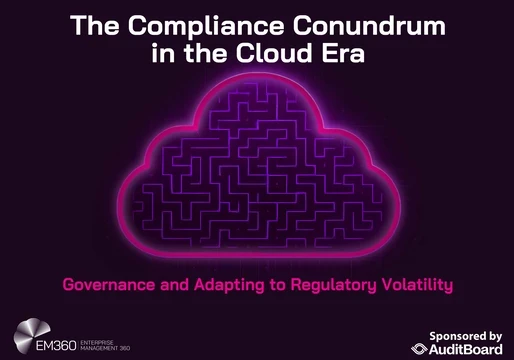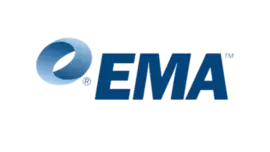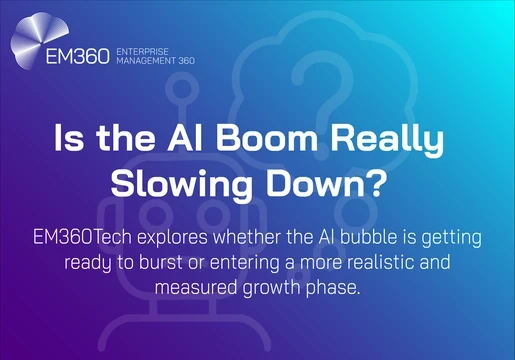In this Enterprise Automation Excellence episode, hosts Dan Twing and Tom O'Rourke discuss "automation myopia" - the problem of defining automation needs too narrowly, leading to suboptimal tool selection.
They explore how development teams often focus on solving a narrow set of automation requirements, rather than considering end-to-end processes. The hosts advocate for broader thinking that considers operational requirements, business needs, and regulatory concerns beyond just a project’s technical requirements.
They recommend wrapping specialised tools within enterprise-wide orchestration systems to maintain visibility of the complete business process while still leveraging the capabilities of specialised automation tools.
Key Points: Development teams often define automation problems too narrowly, leading to isolated point solutions that can't satisfy broader business requirements
Data pipeline tools like Airflow and Dagster work very well for their targeted data automation tasks but are less suitable for general automation needs
Such tools can have limited support for enterprise requirements such as business calendars
Enterprise orchestration tools provide critical capabilities like SLA management, alerting, business calendar integration, and audit logging
A hybrid approach using specialized tools wrapped within broader orchestration frameworks offers the best of both worlds
Central automation teams should establish checkpoints in design reviews to help development teams find solutions that balance
Establish an end-to-end process mapping requirement - Before approving any automation project, require teams to map the complete process from initial trigger to final business outcome. This forces consideration of upstream dependencies, downstream impacts, and the actual business value being delivered rather than just focusing on a narrow technical solution. The mapping should identify all handoffs, potential failure points, and dependencies on other systems.
Implement automation governance checkpoints - Position the automation team as a required checkpoint in the design review process for all automation initiatives, similar to security or privacy reviews. Use these checkpoints to ensure enterprise-wide requirements like operational support, business calendars, SLA monitoring, and regulatory compliance are properly addressed, while ensuring that the development project requirements are all satisfied.
Create a hybrid architecture strategy - Develop and communicate an automation architecture strategy that allows specialized tools (like data pipelines or RPA) to exist within a broader orchestration framework. This gives development teams the flexibility to use tools they're comfortable with while ensuring visibility across the entire process. Provide clear examples for how to "wrapper" point solutions within enterprise orchestration tools to maintain end-to-end visibility without sacrificing specialized capabilities.
EAE Podcast Home: https://em360tech.com/podcast-series/enterprise-automation-excellence Feedback & Questions: mailto:eaepodcast@emausa.com









Comments ( 0 )